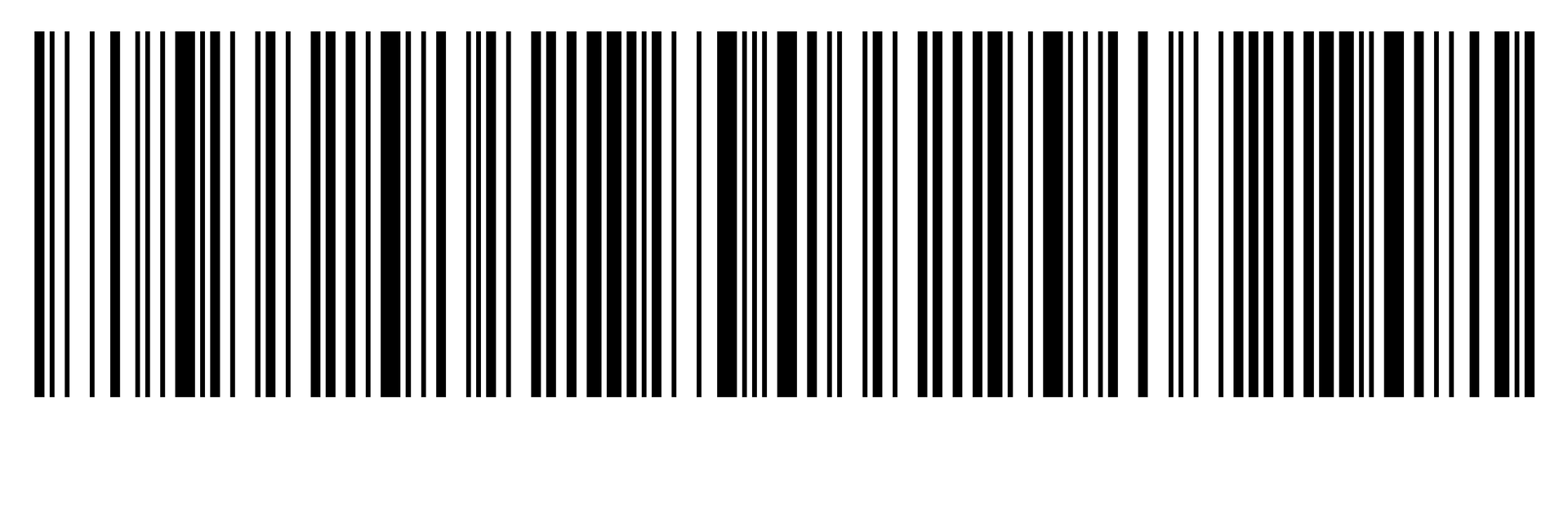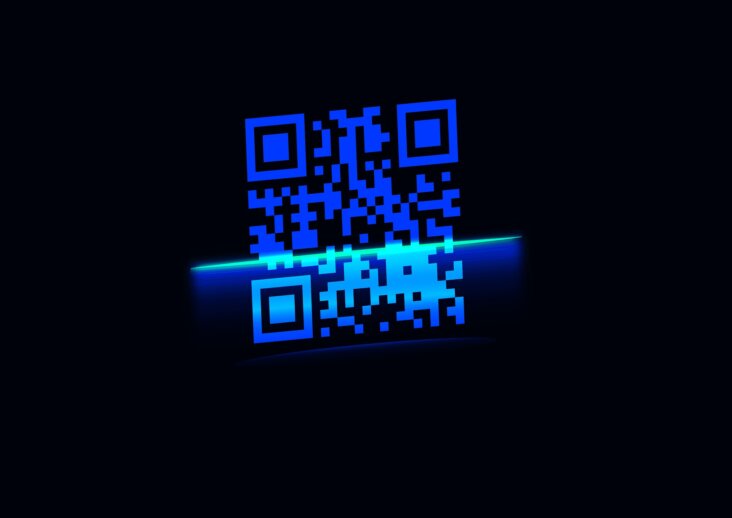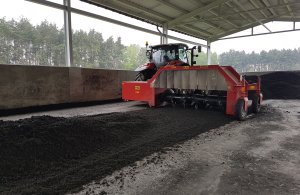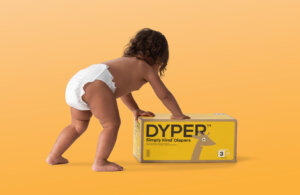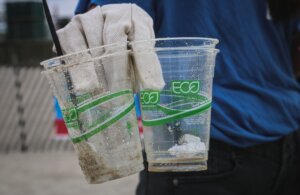Digital watermarks to improve sorting processes of post-consumer packaging waste. (Credit: akitada31 / Pixabay )
Belgium-based Digital Watermarks Initiative HolyGrale 2.0 is a pilot project, driven by AIM - European Brands Association and powered by the Alliance to End Plastic Waste, that aims to improve sorting processes of post-consumer packaging waste. According to their website HolyGrail 2.0 looks into coding the surface of packaging for consumer goods with imperceptible codes, so-called digital watermarks. These optical codes are the size of a postage stamp, applied directly within the packaging’s label artwork or embossed in the mould. They can carry a wide range of attributes such as manufacturer, Stock-Keeping Unit, type of plastics used and composition, food vs. non-food usage, as well as encoding a “digital recycling passport”. “The aim is that once the packaging coded with digital watermarks has entered into a waste sorting facility, the digital watermark can be detected and decoded by a high resolution camera on the sorting line, which then – based on the transferred attributes – is able to sort the packaging in corresponding streams (e.g. food vs. non-food). This would result in better and more accurate sorting streams and consequently in higher-quality recyclates benefiting the complete packaging value chain.”
Invisible barcodes recycling story BBC News
